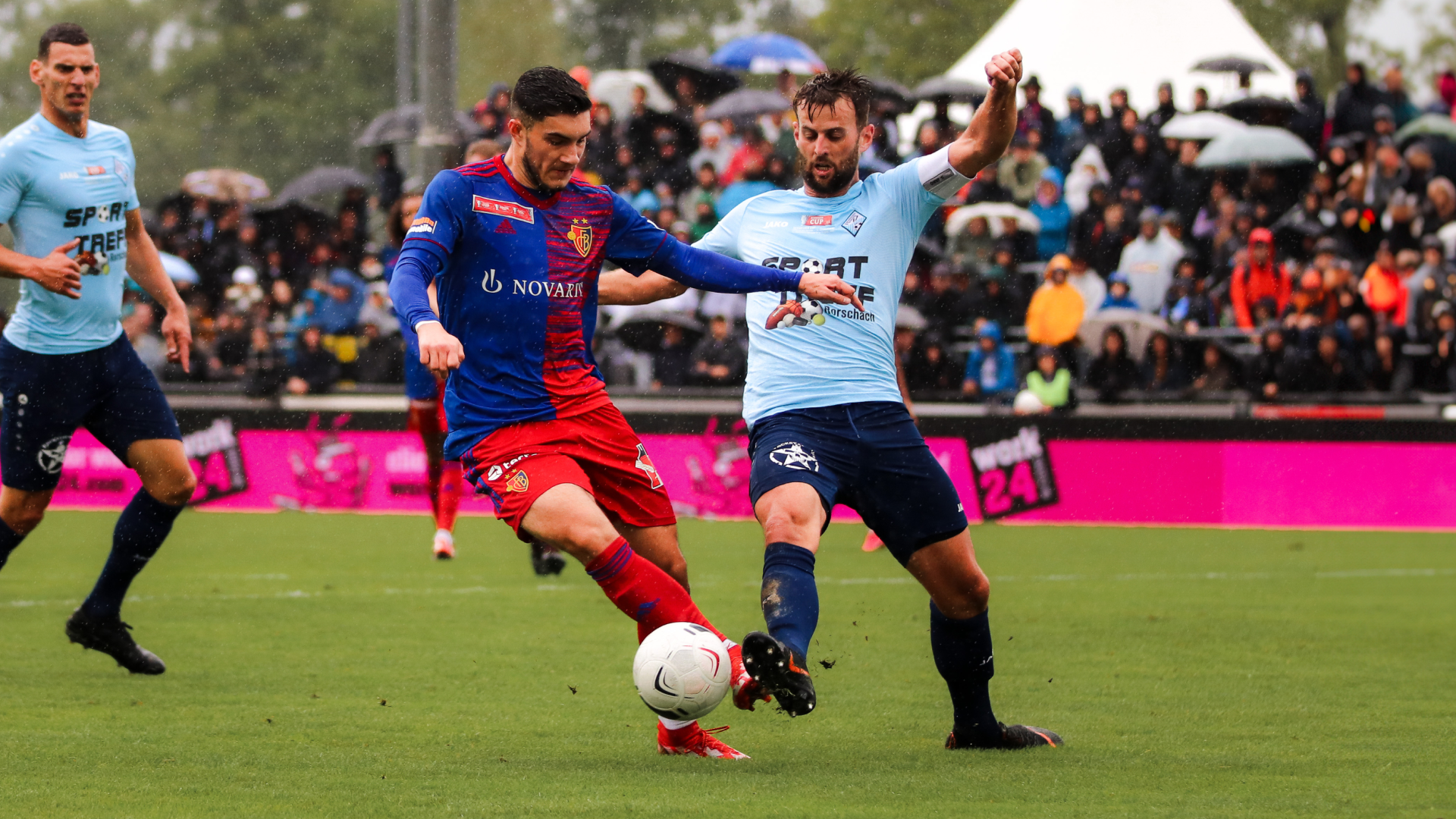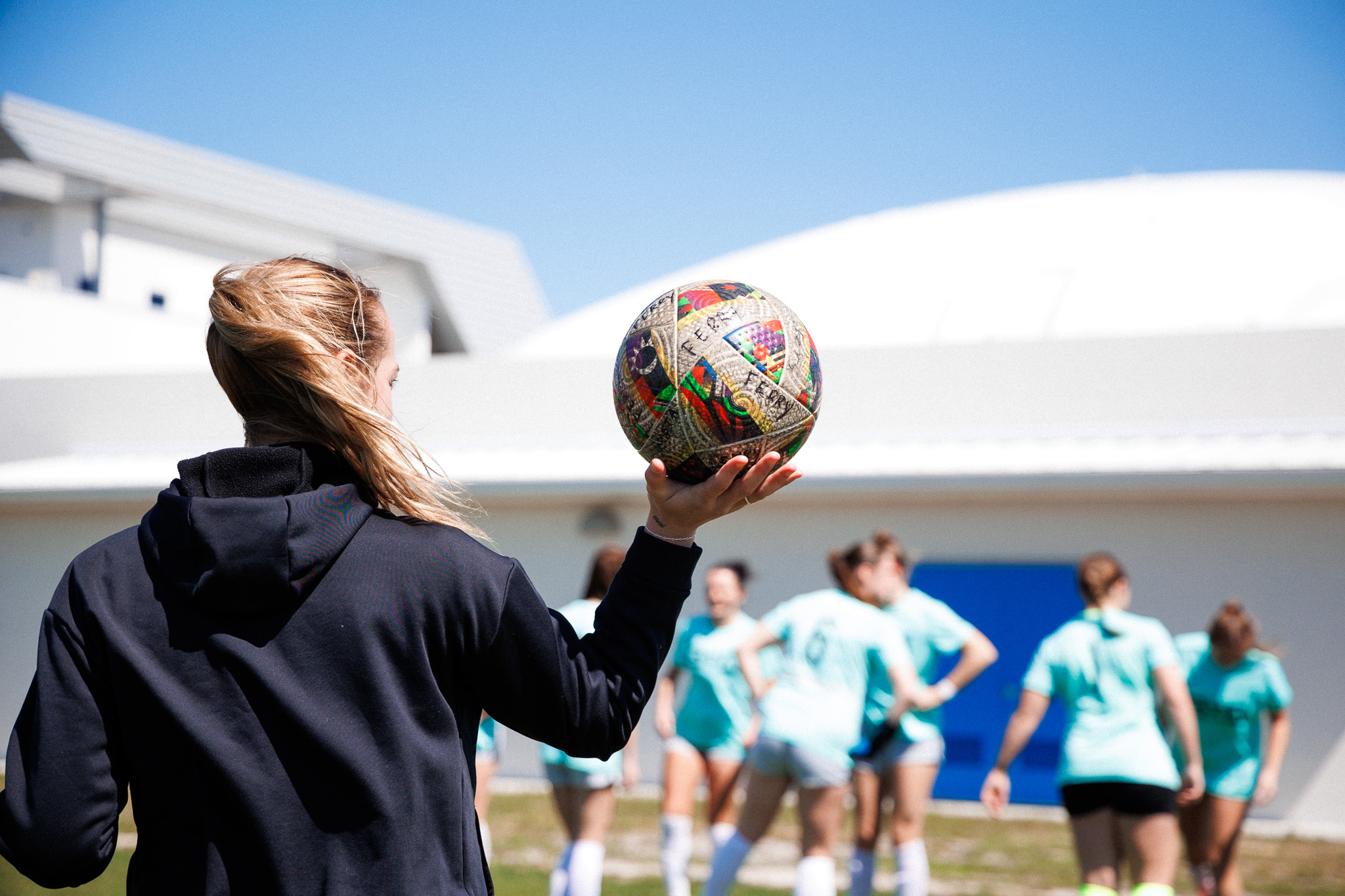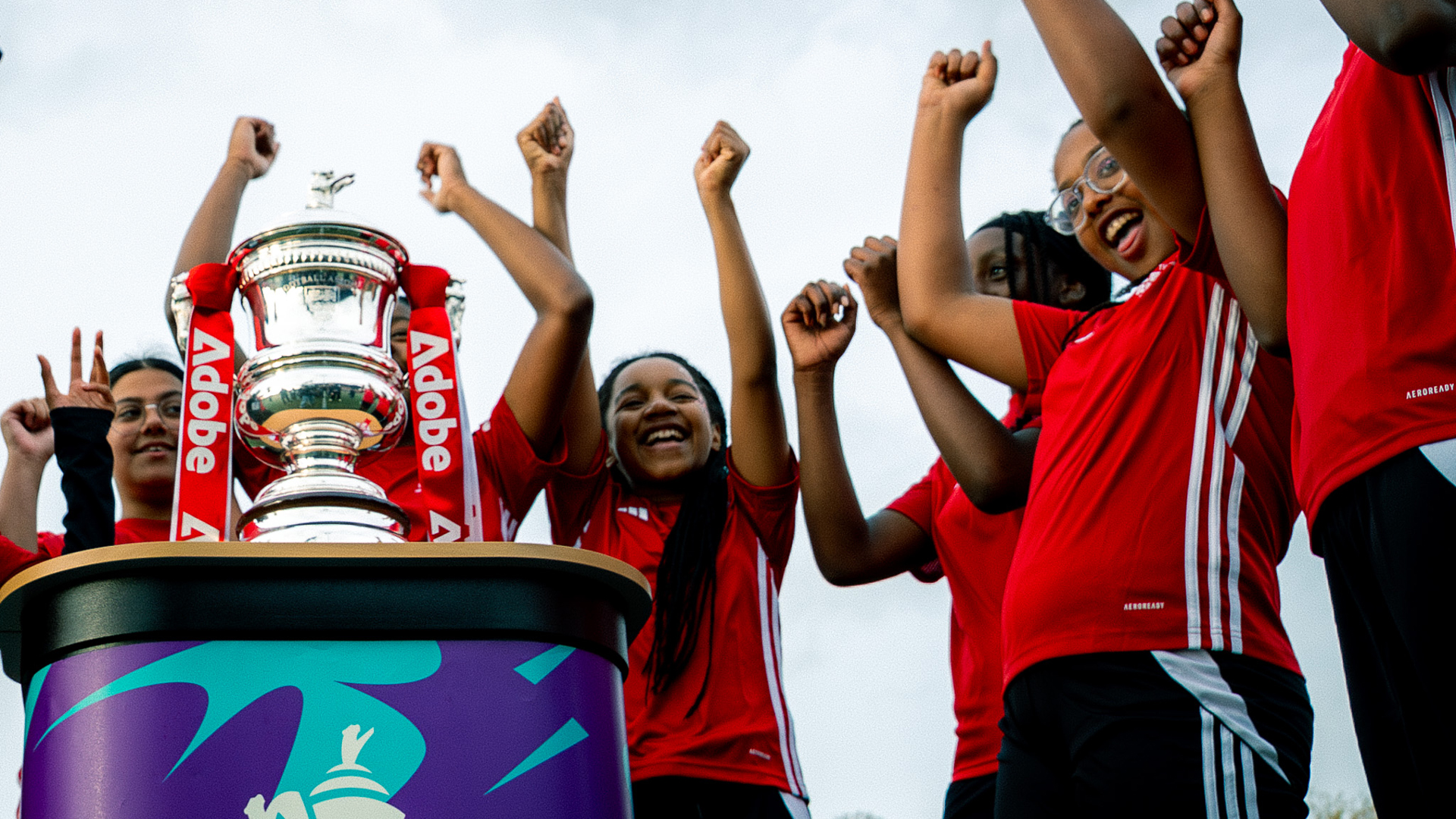The Road to Simplicity: Building Veo Go
Frederik Hvillum
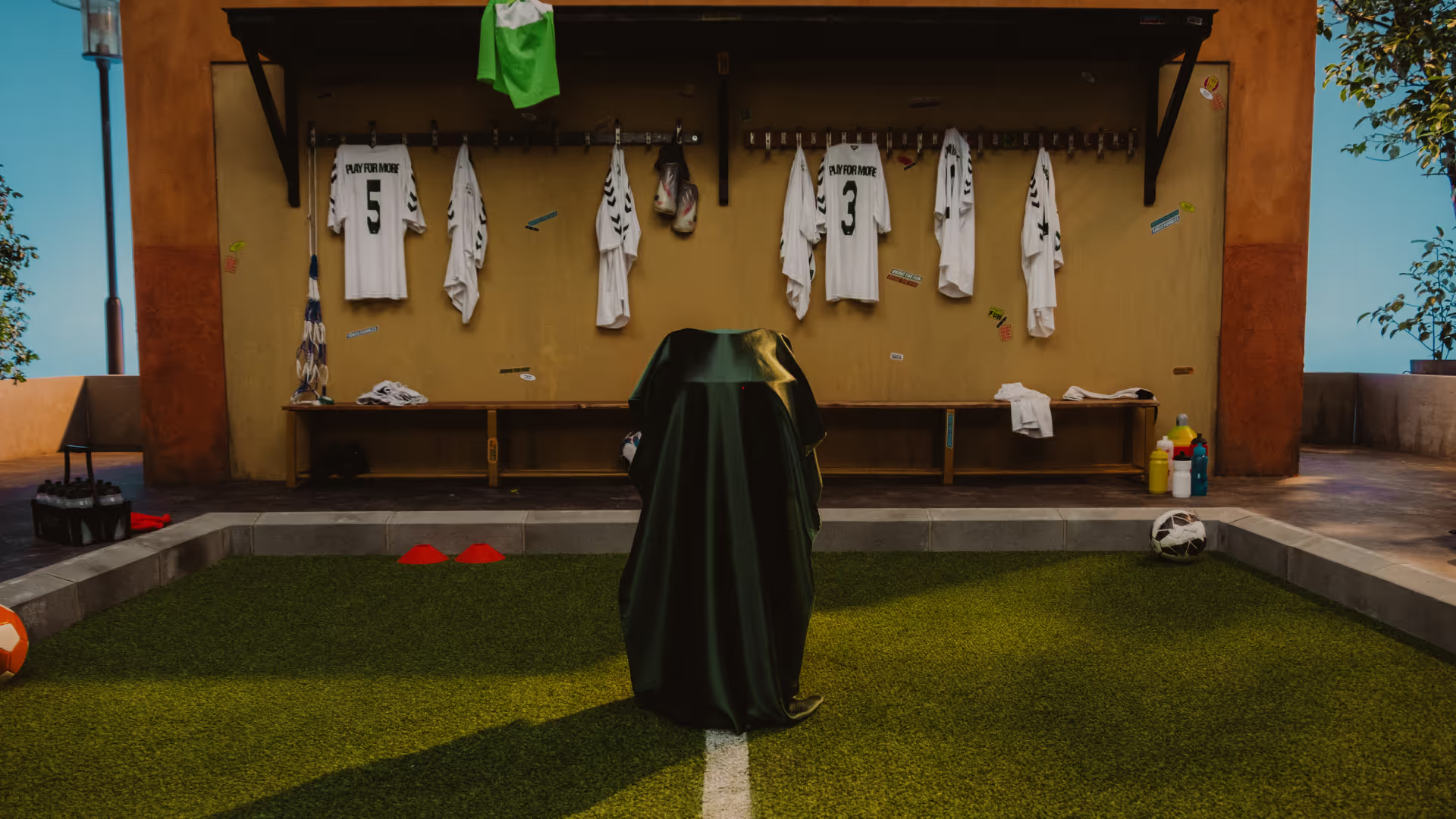
How Veo's journey from complex hardware setups to a simple smartphone app reveals the messy, experimental reality behind breakthrough innovation.
In a cramped backyard office in Nørrebro, Copenhagen, 3D printers hummed away in the toilets while eight people squeezed around desks, hammering away at what would become one of football's most revolutionary technologies.
Today, millions know Veo as the AI camera that automatically films football matches. The winding path that led to Veo's newest innovation, Veo Go, the smartphone app that puts that same technology in everyone's pocket, involved failed experiments, frozen fingers, and the kind of persistence that turns "black magic" into everyday reality.
"Everything ran locally on a computer. So we delivered a gaming laptop, we delivered all sorts of cables, extra batteries - it was very complex," recalls Kawus Nouri, Product Manager at Veo, looking back at the company's early hardware setup.
The irony was clear to the team. The original vision had actually been much simpler: use smartphones to record football matches. But back then, the technology simply wasn't ready. "You couldn't record 4K videos - the battery wasn't as good. Storage capacity, field of view, you didn't have that back then," explains Kawus Nouri. "There were just so many points of failure."
So Veo took the long route. They built specialized cameras, developed sophisticated AI models, and created a system that worked - but required gaming laptops, action cameras mounted in plastic holders, and enough cables to power a small concert.
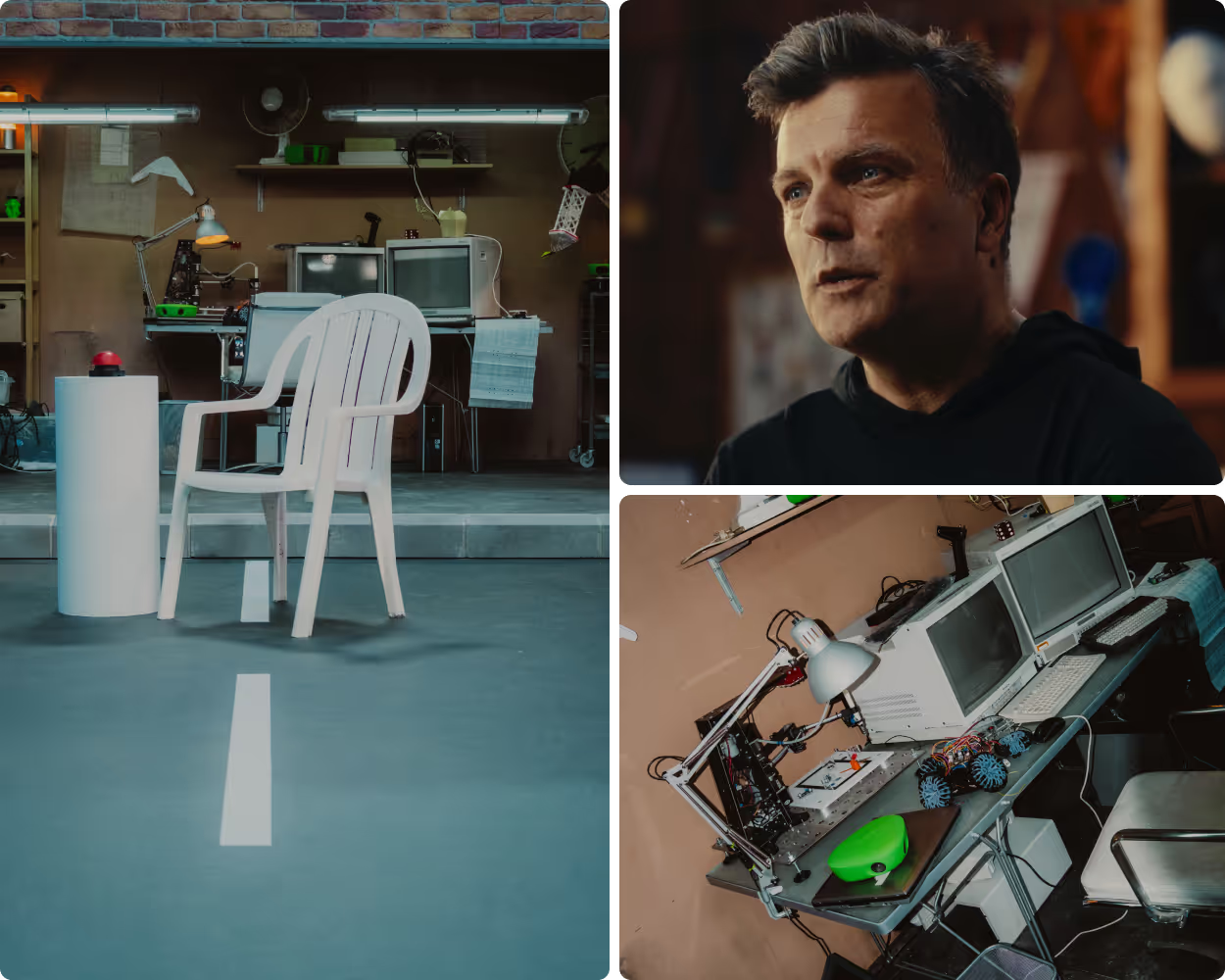
Kawus Nouri remembers the early days clearly: "I was the first employee who wasn't a programmer. I was probably a bit of an outsider. It was a nice way to just come in as a beginner and just be: 'throw some tech at me, and I'll try to productize it.'"
The AI Foundation That Made It Possible
While Veo was building complex hardware, Kawus Nouri and his team quietly solved an even more complex problem: teaching machines to understand football.
"When we talk about AI, we need to break it down into something that's easy to digest," explains Kawus Nouri. "When you show it a banana, and you show different examples of a banana - then it knows it's a banana. If you paint one of the bananas red and show it that, then suddenly it doesn't know that it's a banana."
The challenge of training AI to recognize a football is surprisingly complex. "If a ball is something that is white, then anything that is white would be recognized as a ball," notes Kawus Nouri.
The team had to feed their models thousands of examples: different balls, different pitches, different lighting conditions. "We received some recordings from a completely blue pitch. It was very, very blue. And our models were confused by this," recalls Kawus Nouri with a laugh.
The AI pipeline they developed includes three core components: Ball Tracking ("training a model to keep track of where the ball is"), Event Detection ("finding timestamps in the recording where specific events occur"), and Follow Cam ("the broadcast experience you get, where a virtual camera follows the action").
Return to Simplicity
Years later, as smartphone technology caught up with Veo's ambitions, the team found themselves in a familiar position: testing crazy ideas in small laboratories.
"Veo Labs looks like early-days Veo," notes Kawus Nouri. "There are a few people in an office, finding solutions to crazy ideas."
The moment of truth came during a freezing January day in Denmark. "I remember going out and doing recordings in January in Denmark. It was bitterly cold," recalls Zamzam Farzamipooya, Engineering Manager at Veo. "And then looking at the result thinking ‘This could actually work, this is actually good.’"

But even with proven technology, new challenges emerged. Would people actually lend out their phones? Would this be something people could figure out how to use?
The Design Philosophy: Invisible Complexity
For Caglar Araz, Veo Go's Lead Product Designer, the goal was ambitious: make the complexity invisible. "My job is to make it as easy as possible for them to use our product. Ideally, I don't want you to notice when we've made a good product, right?"
The design philosophy became radically simple. "You put two phones in a holder. You raise the tripod, and it records, and you don't need to think about it," explains Kawus Nouri. "You're there to coach. Or just lean back and enjoy the game and wait for the fun moments in the video that you can share with your friends."
This simplicity was a deliberate choice. "You could over-engineer it and make sure it works in all kinds of weather and so on. That wasn't the choice. The choice was simplicity," emphasizes Zamzam Farzamipooya.
But achieving that simplicity required embracing failure. "You need to be brave enough to go through many failures until you reach something that's really good," notes Caglar Araz.
The Magic Behind the Curtain
What makes Veo Go remarkable is how it leverages years of complex development to deliver something that feels like magic. "It looks like black magic. We don't really know what's happening under the hood," admits Zamzam Farzamipooya.
The breakthrough came from realizing they didn't need to rebuild everything from scratch. "A cool thing about Veo Go for me was that it didn't require more," explains Zamzam Farzamipooya. "We had the cameras, we had the lenses, we had all that information. We had pretty robust models that the Go team could take off the shelf and start using. We just had to figure out the iPhones and the recording part."
All those years of building complex hardware and training sophisticated AI models had created something invaluable: a foundation that could work everywhere.
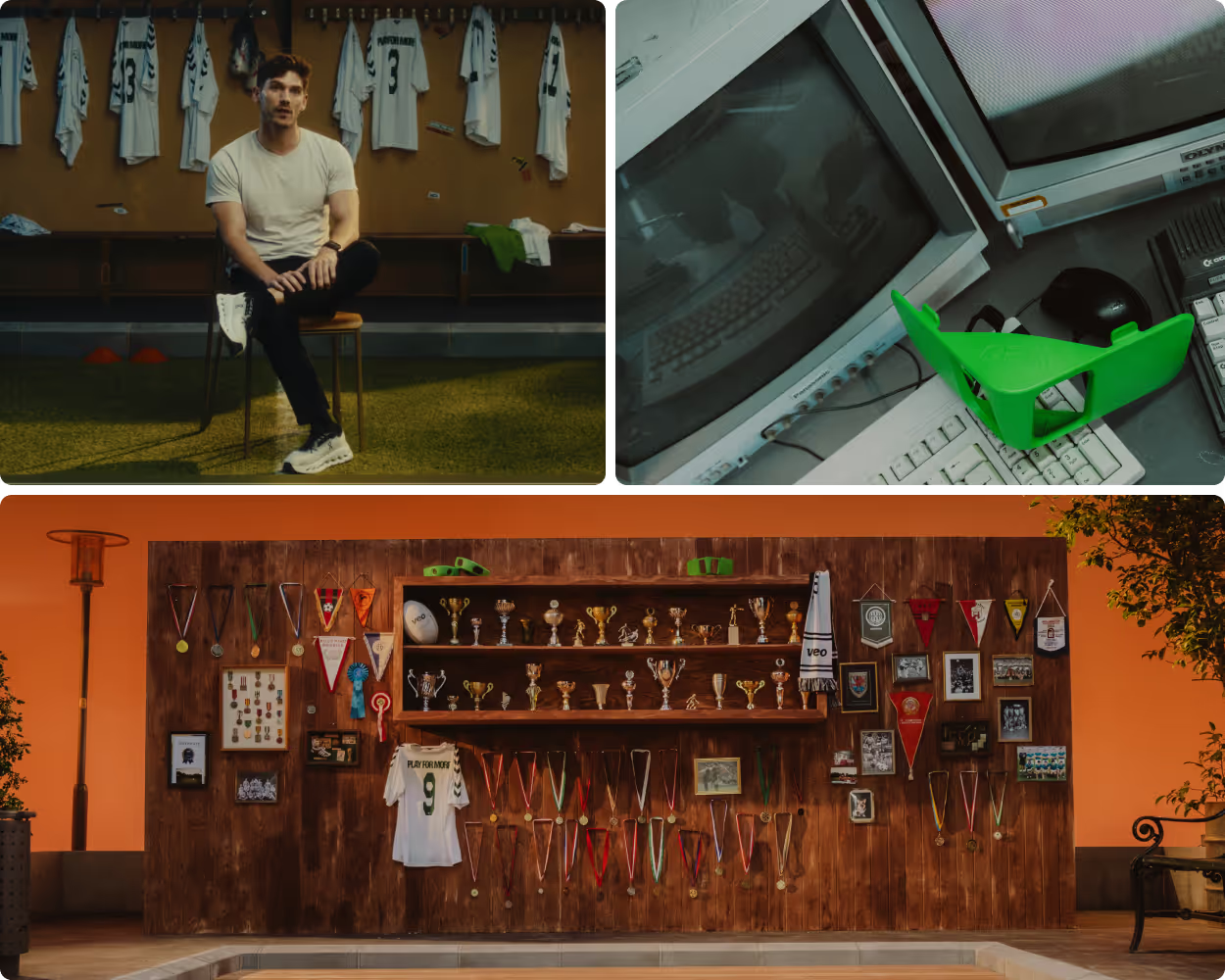
The Human Story
Behind the technology lies a deeply personal mission. "Seeing football players having fun, that's just a mission and a product I'm passionate about myself," says Tobias Lindberg, Lead Machine Learning Engineer. “I've played quite a bit of football myself, but I didn't get as far as I ultimately hoped.”
This connection to the game drives everything they do. "And even now, when I play with Veo a couple of times a week, it's a fantastic thing to just be able to record your matches. To capture the highlights and share them with colleagues afterwards."
Veo Go represents more than technological achievement. It democratizes access to something that was previously only available to elite clubs. "Veo Go is one of the products we have that's true to Veo's mission," explains Tobias Lindberg. "There are billions of phones out there. And we can leverage those, so everyone has the opportunity to see themselves play football."
The real validation came from unexpected encounters when Kawus Nouri and his team were testing the Veo Go at a local club. “Some parents came by and were like: 'What is this?'" recalls Kawus Nouri. "Because they really wanted to do recordings, but they couldn't afford a camera. And I was like: 'Dude, we'll be there soon.'"
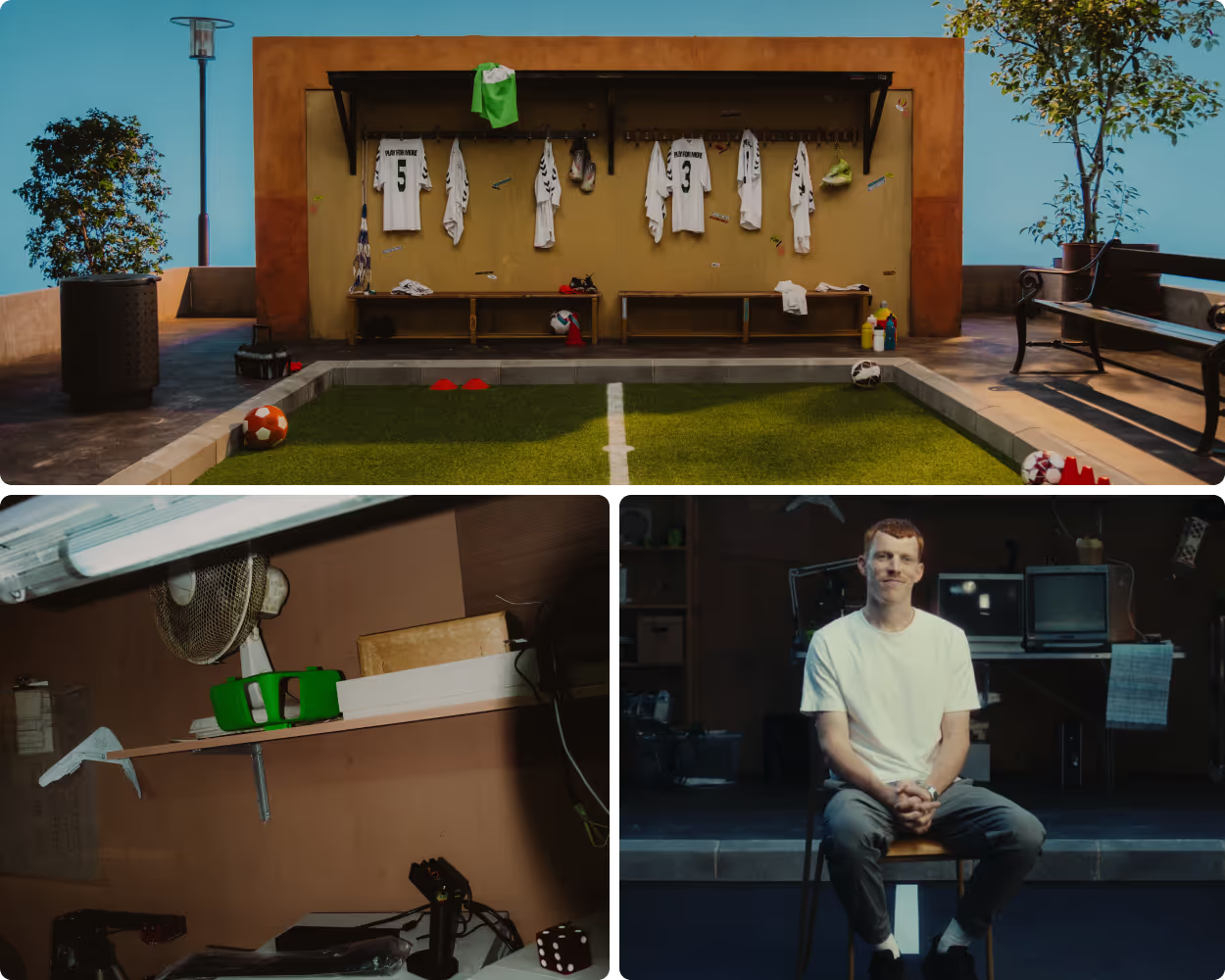
The journey from gaming laptops to smartphone apps illustrates how sometimes the most elegant solutions require the most complex path to achieve. By first mastering the hard problems - AI, computer vision, hardware design - Veo created the foundation for something seemingly magical.
"The Veo everyone knows is a complex piece of hardware. Go is basically a simplification of that," concludes Kawus Nouri. But calling it a "simplification" understates the achievement. It's not just simpler. It's accessible to billions of people who could never have afforded the original hardware.
From Foosball Tables to Global Scale
The journey even had its quirky moments. Early prototypes were tested on foosball tables, a detail that now seems both charming and prophetic. "It was never really the intention to make videos on foosball tables. It's just a way the guys could prove that the technology could do what we promised it would do," recalls Kawus Nouri.
That foosball table represents something important: the willingness to start small, test ideas, and iterate relentlessly. From that small proof of concept to a global platform used by millions represents the kind of scaling that only happens when technology, timing, and human need align perfectly.
Today, Veo Go puts professional match analysis in the pocket of every parent on the sideline, every grassroots coach, and every player who just wants to see themselves improve. It's the democratization of a technology that once required significant investment and technical expertise.
The story of Veo Go focuses on building better software and demonstrates patience, persistence, and the belief that complex problems sometimes require complex solutions to ultimately deliver simple experiences.


